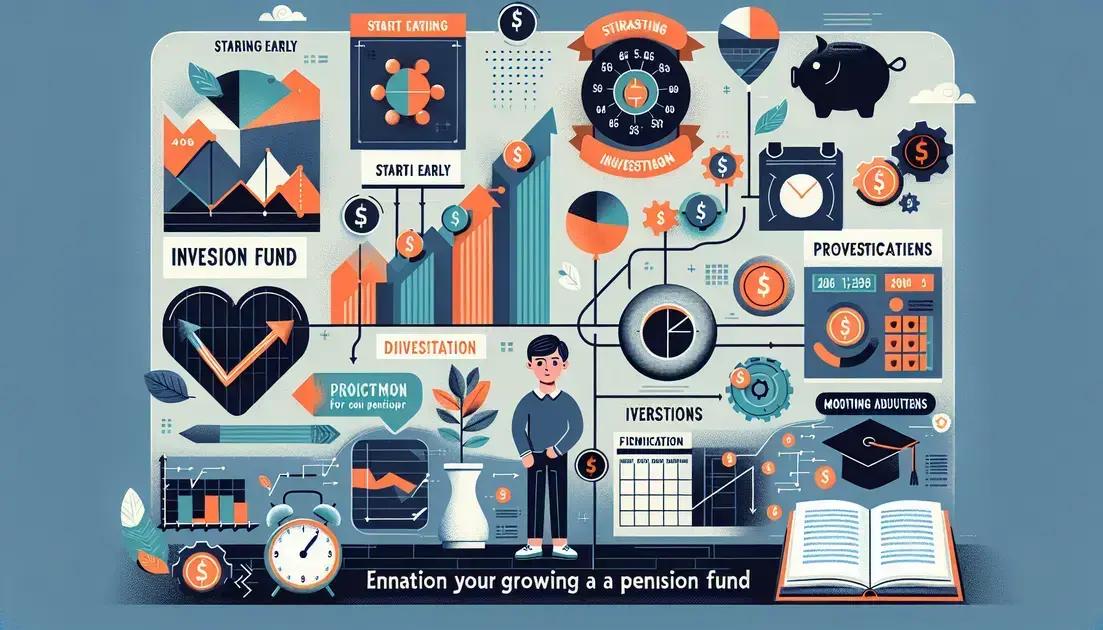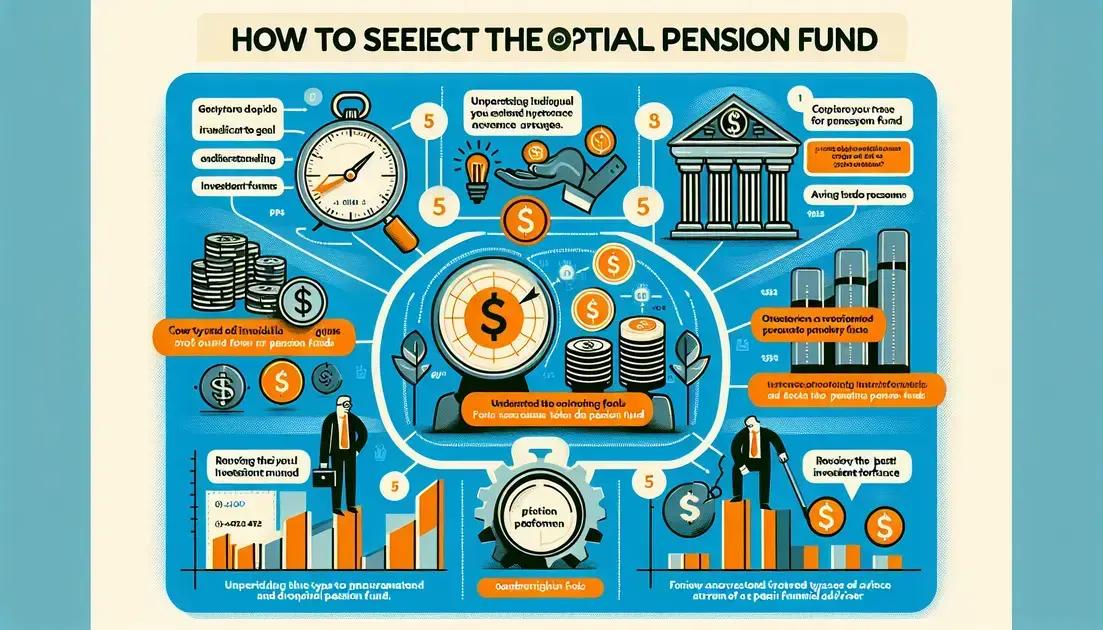Unlocking Financial Freedom for Your Future
Advertising
Understanding pension funds is crucial for planning your retirement effectively. A pension fund is a type of investment fund that collects and invests money to provide retirement income for its participants. Companies and governments typically set these funds up to ensure their employees have a stable income after they retire.
Types of Pension Funds
There are two main types of pension funds: defined benefit plans and defined contribution plans. In a defined benefit plan, the employer promises a specific payout at retirement, based on salary and years of service. In contrast, a defined contribution plan focuses on individual employee accounts, where both the employee and employer contribute, but future payouts depend on investment performance.
How Pension Funds Work
Pension funds accumulate funds from employers and employees, then invest in various assets like stocks, bonds, and real estate. The goal is to grow this money over time to meet future obligations. Understanding how these investments perform can help you make informed decisions about your own retirement plans.
The Importance of Pension Funds
Pension funds play a critical role in ensuring financial stability during retirement. They help individuals prepare for life after work, offering a safety net that can cover essential expenses. Being aware of how much your pension fund will provide helps you plan your savings and investment strategy better.
Factors to Consider
When looking at your pension fund, consider aspects such as fees, investment choices, and the fund’s performance history. Assessing these elements can help you choose a plan that aligns with your retirement goals, ensuring that you receive the benefits you expect.
Top Strategies for Growing Your Pension Fund

Growing your pension fund effectively is essential for securing a comfortable retirement. Here are some top strategies to help maximize the potential of your pension fund.
1. Start Early
The sooner you begin contributing to your pension fund, the more you can take advantage of compounding interest. Even small amounts added regularly can grow significantly over time. This principle emphasizes the importance of beginning your savings as early as possible.
2. Diversify Investments
Don’t put all your eggs in one basket. By diversifying your investments across different asset classes like stocks, bonds, and real estate, you can reduce risks and enhance potential growth. A well-diversified pension fund is less likely to be significantly impacted by poor performance in any single investment.
3. Make Regular Contributions
Consistently adding to your pension fund is crucial. If your employer offers matching contributions, try to contribute enough to take full advantage of this benefit. Regular contributions help build your fund over time and can lead to substantial growth.
4. Monitor and Adjust
Regularly review your pension fund performance and adjust your strategy as needed. Market conditions can change, impacting your investments. Staying informed allows you to make timely decisions to maximize your savings.
5. Educate Yourself
Staying educated about financial markets and investment strategies will empower you to make better decisions regarding your pension fund. Attend workshops, read articles, and consider consulting with financial advisors to stay knowledgeable about your options.
Common Mistakes to Avoid with Your Pension Fund
Avoiding common mistakes with your pension fund can significantly improve your retirement savings. Here are some pitfalls to watch for:
1. Not Starting Early
One of the biggest mistakes is waiting too long to start your pension fund. The earlier you begin contributing, the more your money can compound over time. Delaying contributions can lead to missed growth opportunities.
2. Ignoring Fees
Many pension funds come with management fees that can eat into your returns. Always review the fees associated with your plan. Choosing a fund with lower fees can save you a substantial amount over time.
3. Lack of Diversification
Putting all your savings into one type of investment is risky. If that investment performs poorly, your entire pension fund can suffer. Diversifying your assets helps spread risk and can lead to more consistent growth.
4. Not Monitoring Your Investments
It’s essential to regularly check the performance of your pension fund. Failing to monitor your investments may result in missed opportunities for growth or failing to take action if your fund is underperforming.
5. Making Emotional Decisions
Investing can be emotional, especially during market fluctuations. Avoid making hasty decisions based on fear or greed. Stick to your long-term strategy and make rational decisions based on your goals.
6. Overlooking Employer Contributions
If your employer offers a matching contribution to your pension fund, not taking full advantage of it is a mistake. Make sure you contribute enough to receive the full match, as this is essentially free money that can boost your savings significantly.
How to Choose the Right Pension Fund for You

Choosing the right pension fund is crucial for your financial future. Here are some steps to help you make an informed decision:
1. Assess Your Retirement Goals
Before choosing a pension fund, think about your retirement goals. Consider when you want to retire and how much money you will need. This will help guide your investment choices.
2. Understand Different Fund Types
Familiarize yourself with various pension fund types, such as defined benefit plans and defined contribution plans. Defined benefit plans offer fixed payouts, while defined contribution plans depend on your contributions and investment performance.
3. Compare Fees and Expenses
Look closely at the fees associated with each pension fund. High fees can reduce your overall returns. Choose a fund with transparent fees and low costs to maximize your savings.
4. Review Investment Options
Examine the investment options provided by each pension fund. Ensure the fund offers diverse assets that suit your risk tolerance and investment style. A balanced portfolio can help in steady growth.
5. Check Fund Performance History
Research the historical performance of the pension fund. While past performance does not guarantee future results, it provides insights into how well the fund has been managed.
6. Get Professional Advice
Consider speaking with a financial advisor to gain personalized advice. An expert can help you understand your options and contribute to making the best decision for your pension fund.
In Summary: Mastering Your Pension Fund Strategies
Understanding and effectively managing your pension fund is vital for securing a comfortable and financially stable retirement. By knowing the basics, employing growth strategies, avoiding common mistakes, and choosing the right fund, you can significantly enhance your financial future.
As you navigate your pension planning journey, stay informed and proactive. Regularly assess your goals and seek professional advice when necessary. With careful planning, you can unlock financial freedom and enjoy peace of mind in your retirement years.




